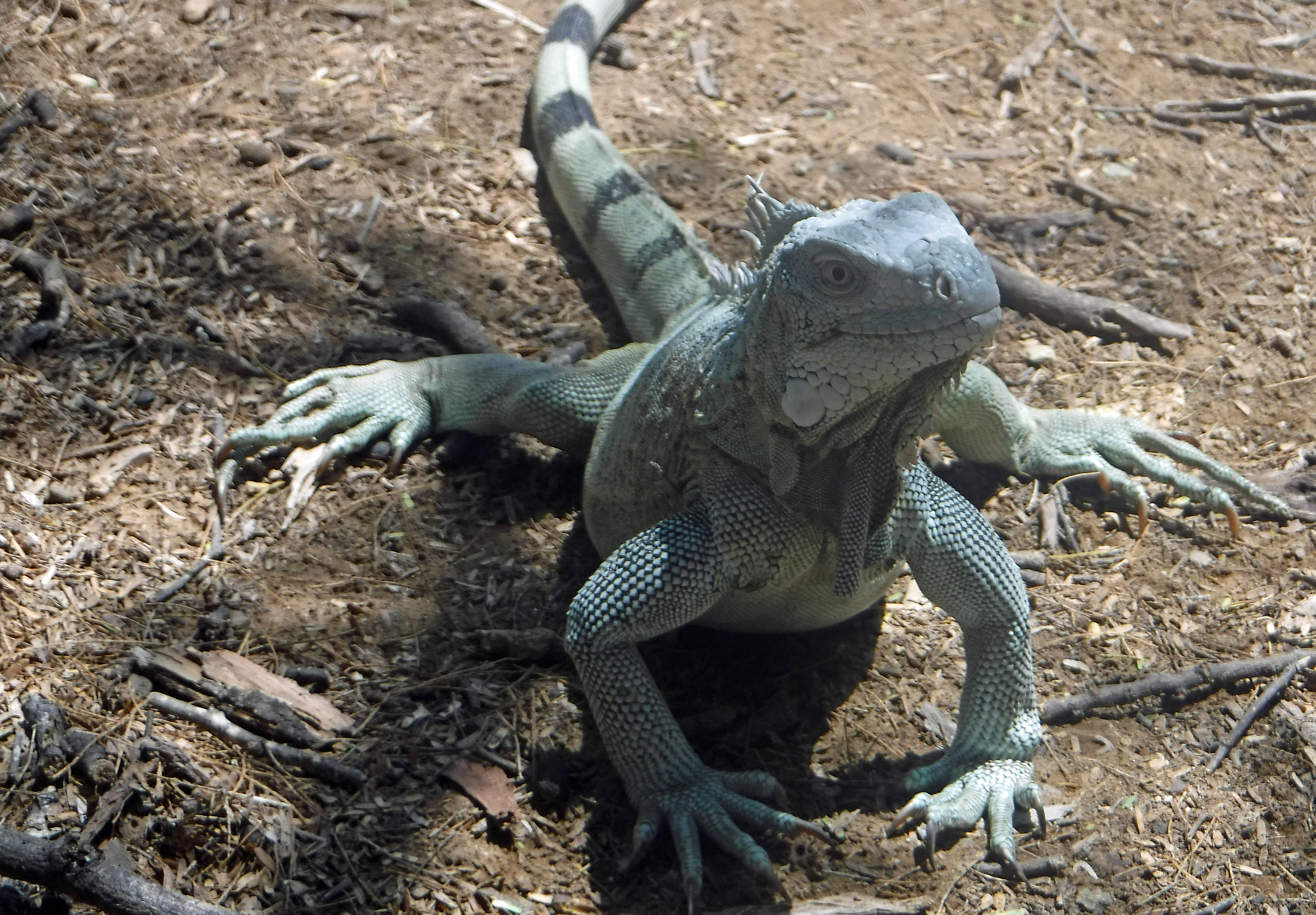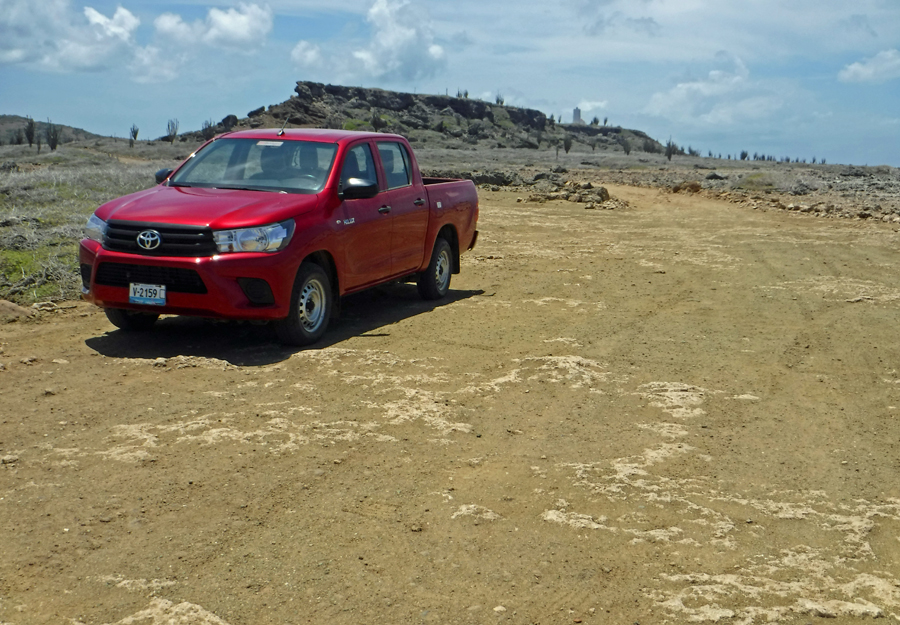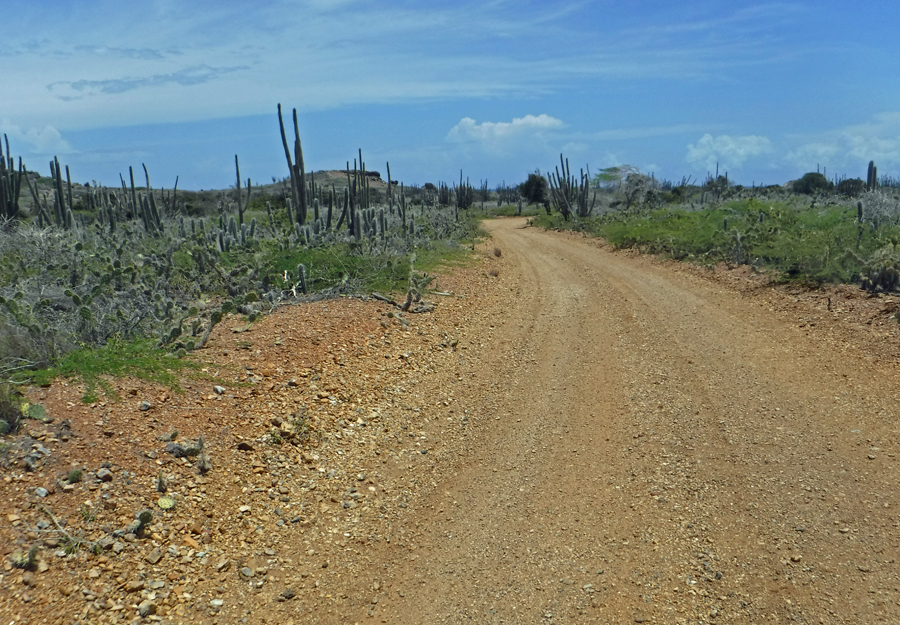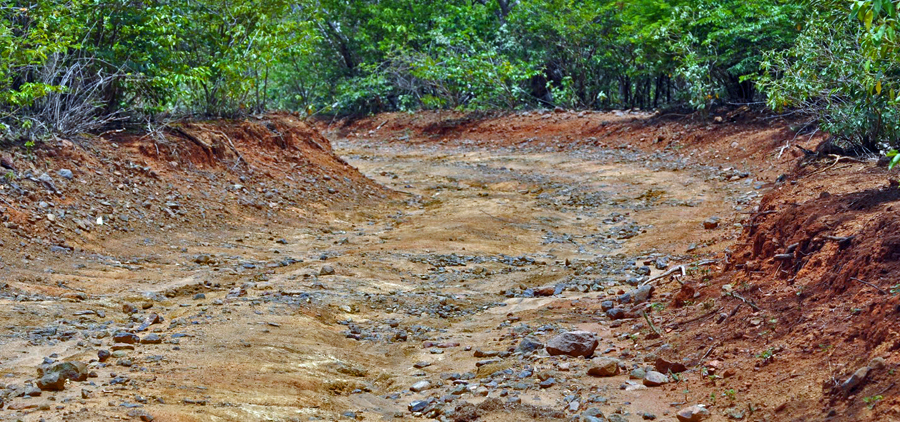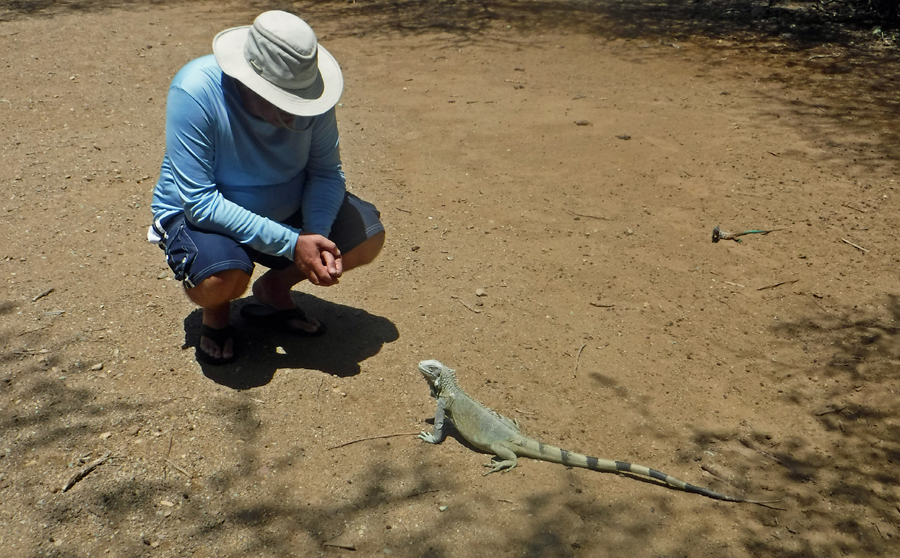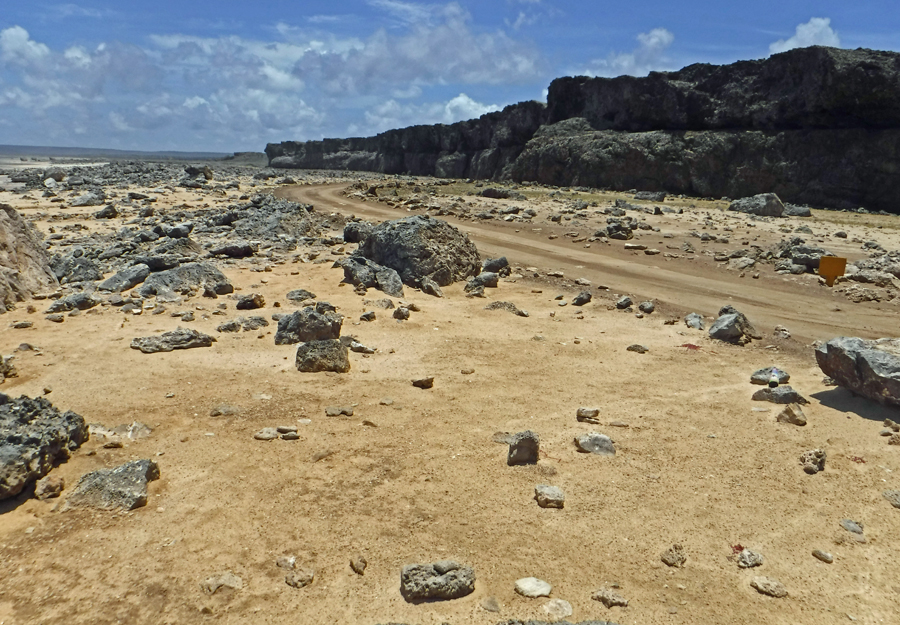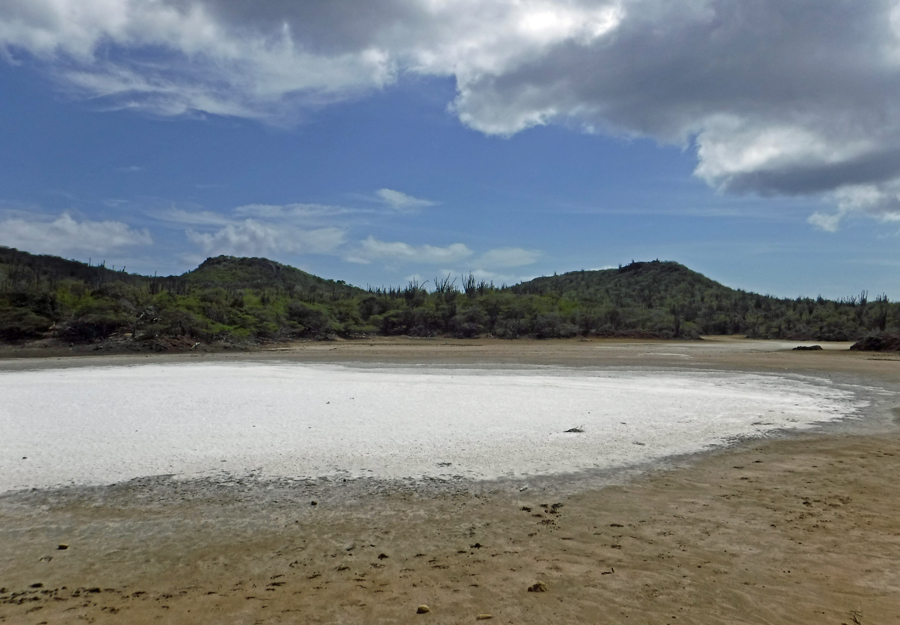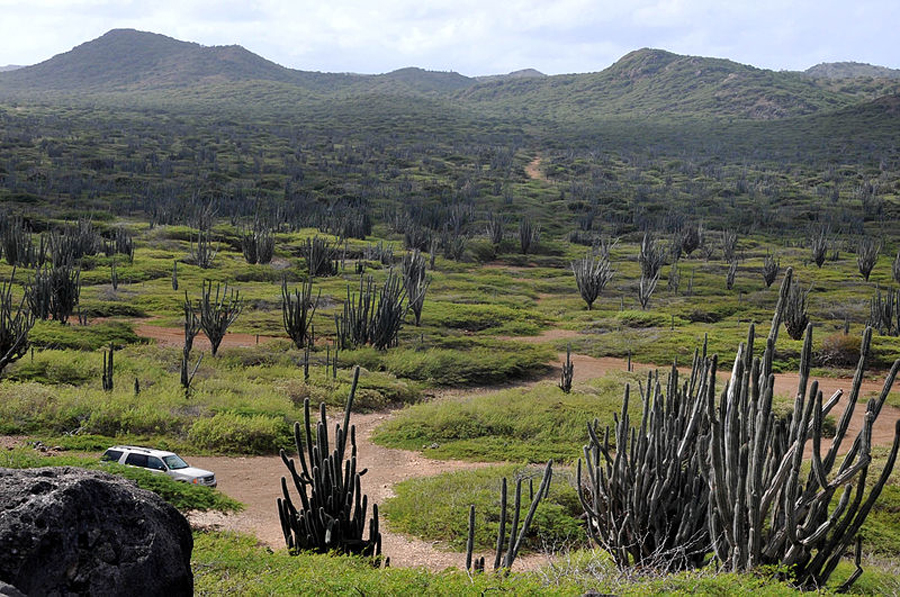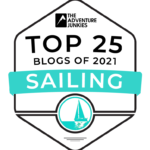We decided to take a tour of the Bonaire Washington Slagbaai National Park. Based on what we read about the park, it is highly recommended to have a truck or utility vehicle to explore as the roads are unpaved. When businesses, national parks or tourist boards outside of the USA make recommendations such as this, we pay attention. If they “highly recommend” or “strongly advise”, it usually means you are going to die unless you heed the warning.
This is from the park’s webpage:
We strongly advise you to take note of the following recommendations:
* Only enter the park with a four wheeled motor vehicle with a spare tire.
* Be sure to have plenty of drinking water for your trip into the Park. You’ll be grateful for snacks, too, especially fruit, and ice – but water is a necessity.
* Be sure to apply sunscreen. Don’t forget the back of your neck, your lips, nose, and ears, and the top of your head if your hair is thin. Even if you don’t leave your car, put sunscreen on your arms and any other parts of you that are in the sun.
* Use sunglasses and a hat or visor.
So, regarding these points, allow me to translate for you. If you enter the park in a regular car, you are going to die. If you enter with a four-wheel drive or a truck, you increase your chances of survival but will undoubtedly have to change a punctured tire. The sharp rocks on the unpaved roads are hell on tires. You need to have water with you else you suffer one of two fates. You can drink from the muddy pond with the iguanas or you can die. You’re going to get hungry and there are no McDonald’s here. You can live without food longer than you can without water. Carrying water will not guarantee your survival but you will have slightly better odds of finding the exit. Oh, and by the way, it’s hot. You are going to come out of the park medium rare. Bold people are going to die of skin cancer, but not in the park.
In the USA, we tended to ignore warnings such as these. I think it is because the USA tends to coddle people. In America, warnings are usually overly cautious due to the monetary issues regarding fears of costly lawsuits. Let me give you an example of what I mean. When in Hawaii on Maui we rented a car, a normal four-door sedan. The chap at the rental agency gave us a map of the island and highlighted two areas of the island where the agency’s rental vehicles were prohibited. We were told “We would be in violation of our rental agreement” if we drove these two roads. This meant if we wrecked the car the rental agency was not responsible and we would be held accountable for all damages. When I asked why these areas were prohibited, I was told the road wasn’t safe and we would be in danger. Well, as you can imagine I wanted to go to these two areas now more than ever. Guess where the first place was that I drove to after leaving the rental car agency’s lot?
What we found on Maui’s prohibited streets was a narrow road with many blind turns. At one point the pavement was in bad condition but it was not by any means undrivable (the people of Grenada would love to have roads in this good of condition). We didn’t need four-wheel drive or a truck to navigate the prohibited areas. We meet another couple also violating their rental car agreement coming from the opposite direction. We stopped and compared notes with them about what deadly issues lay ahead of us. There were none. A little extra caution was all that was needed and we survived to tell the tale.
The second road where we violated our rental car agreement was the road on the southern side of Maui from Hana back to Kahului. I think it was called Piilani Highway. We were warned the road was often washed out due to rain and contained miles of unpaved areas. We were told we needed four-wheel drive. These all turned out to be big exaggerations. The road was unpaved for a few miles but it was graded into the solid lava rock. It was pretty much 1 ½ lanes wide all the way and in our opinion safer than the road to Hana on the approved tourist route. We passed a few locals as the area is sparsely populated. This was one time in our lives where we were rewarded handsomely for breaking the rules. There were no other tourists on the road so we could basically stop whenever and where ever we pleased. The road offered magnificent views of the coast and at one point we were treated to a full double rainbow. This was the first and only time in my life I have seen a full double rainbow. It was a magnificent experience!
Outside of the USA when warnings about safety are given, it is usually because the staff members have grown tired of retrieving the bodies. They find this activity rather inconvenient. If you try to sue them because you were hurt, they just point to the signs saying, we did warn you. End of case.
Did we find a four-wheel drive truck necessary in the Washington Slagbaai National Park? Heck yes! The roads are rough. When we first started out we thought, this isn’t too bad. We took the Long Route. This route is 34 Km long and it takes about 2 ½ hours to drive if you do not stop at any of the attractions along the route or take any of the side roads. Do the math and you will see the average speed for this route is 13.6 Km/h (8.5 mph). The park has a speed limit of 25 Km/h. I can assure you they never have to worry about people speeding. If people do decide to speed, they die.
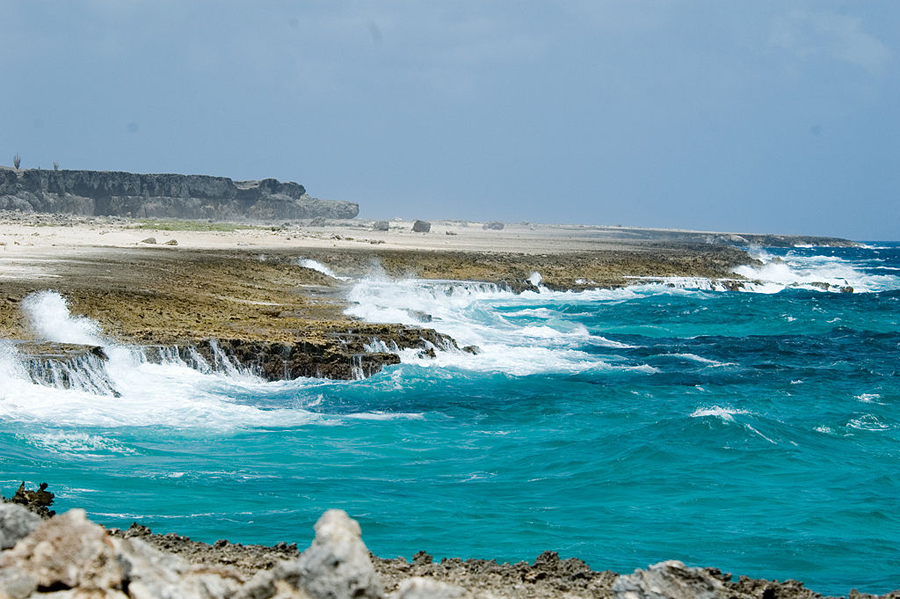
The long route follows the coast. The cliff in the backgound was once a reef. Bonaire continues to rise from the ocean floor.
After a few hours of being tossed about in our truck, we were glad to see a sign indicating the way to the exit. About 45 minutes later, we were wondering how much further we had to drive. Magically a sign appears. I guess we were not the only people at this particular point to wonder how much further to the exit. It said we had 7.5 Km to go. This took us about 45 minutes. Yep, we traveled at a whopping rate of 10 Km/h (6.2 mph). I would just like to point out here we can sail faster than this on a not-so-windy day.
I am pleased to say we obeyed the rules and survived our trip to the national park. We did take food and water, put on plenty of sunscreen, wore hats, and drove a truck. I am even more pleased to say we didn’t get a tire puncture due to a sharp rock and were spared the expense of buying a new replacement tire for our rental truck. Tire damage is not covered by insurance or the rental agency. Tires on Bonaire are expensive.
A trip to this park is an all day event. If you like to drive off-road, you’ll find heaven here. The park had a sort of Arizona with an ocean feeling to it. The northern end of the island receives almost no rain and cactus plants thrive. From the park’s YouTube page I have embedded a short video showing some of the beautiful destinations within the park (better than any pictures I could take). Hope you enjoy. If you don’t see the video below click here.

